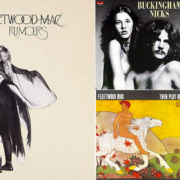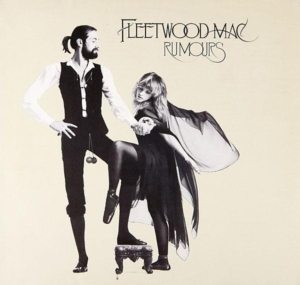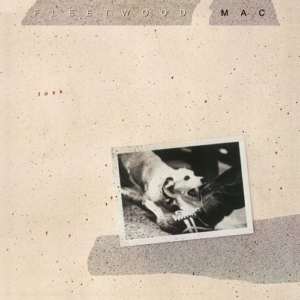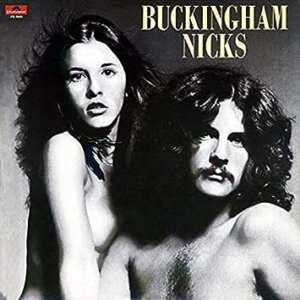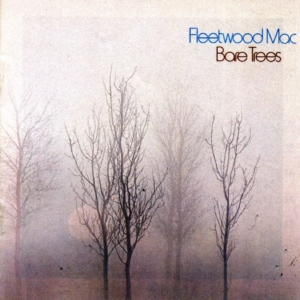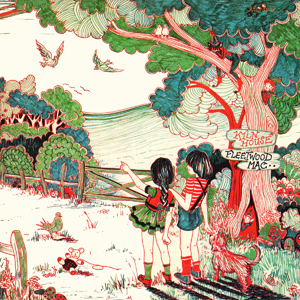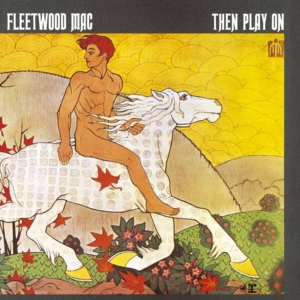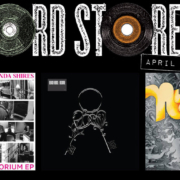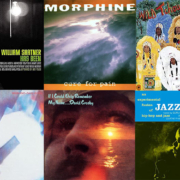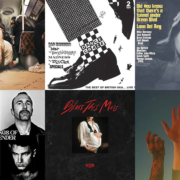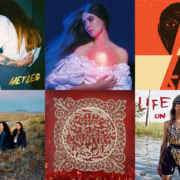Insider’s Guide to Vinyl Shopping–Part One
Welcome to the latest Paradise Found Records blog. One of my favorite rock films is Almost Famous, the 2000 movie from director Cameron Crowe that recounts his days as a teenager writing for Rolling Stone in the seventies. There are no shortage of great lines, but my favorite is when Penny Lane, the “band-aid” played by Kate Hudson, tells William Miller, the Crowe stand-in played by Patrick Fugit: “If you ever get lonely, just go to the record store and visit your friends.” I have spent a lifetime visiting my friends at the record store. Not only is it a great way to discover new music and revisit beloved classics, it’s always a fun experience. I never leave unsatisfied, even on those rare occasions when I walk out empty-handed. Our owner Will Paradise has also spent decades visiting record shops around the world. It’s no accident that Paradise Found offers a varied, extensive inventory for shoppers ranging from newbies fresh off the acquisition of their first turntable to collectors in search of rare, pricey vinyl.
With that in mind, here is part one of my list of hacks for more effective record-shopping. A good record store can be overwhelming in its selection; while I regularly spend hours scouring bins with my want list in hand, you may have less time to browse and it can’t hurt to know how a hardcore collector shops.
Perhaps the best proof of my passion (my wife might call it an obsession or, less kindly, a disease) is this: although I could splurge and buy everything on my want list on the music database/marketplace Discogs or eBay tomorrow, what would be the fun in that? I prefer the thrill of the hunt, for example checking bins for Lulu’s New Routes, the hard-to-find 1970 LP recorded at Muscle Shoals Sound Studio with Duane Allman on guitar, in order to achieve the excitement of having my eyes go wide when I finally discover it “in the wild.” Some records take years to find; Rumours and Abbey Road are always going to be in stock.
Since there are many facets to record shopping, I’ve divided them into sections. Obviously, your results may vary and you’ll shop in whatever way provides the greatest pleasure. If in the end you feel like you’ve visited your friends–and I like to think that includes the knowledgeable, passionate and helpful music lovers that work at both Paradise Found locations–then you can say “Mission accomplished.”
JUST ARRIVED USED LPs
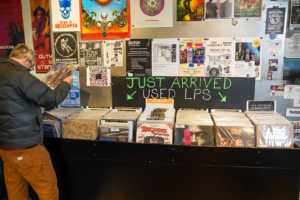 Whenever I walk into Paradise Found or any other record shop, I always make a beeline for the “Just Arrived Used LPs” section. At our Boulder store it’s near the back, where Jon Martinez, our seasoned record buyer and man with the most vinyl knowledge in Colorado, works. We buy a lot of vinyl, and everything but the pricier collectible and bargain bin material passes through the Just Arrived Used LP bins. Experienced shoppers know the best stuff often never makes it out of these racks before being grabbed. We pride ourselves on having new, sealed copies of the latest releases, but buying out of the just arrived bins is a great way to discover new (and old) music, pounce on rare stuff, and sometimes save a little on more recent releases. We also segment these bins by genre so that you don’t have to search through Folk if you’re strictly looking for Jazz. Albums that haven’t sold out of these bins ultimately get moved to the specific artist’s section in the alphabetical bins. If it takes more than thirty seconds for me to get from the front door to the just arrived bins, I’ve probably slipped and fallen on the way in my urgency to get there before someone else does.
Whenever I walk into Paradise Found or any other record shop, I always make a beeline for the “Just Arrived Used LPs” section. At our Boulder store it’s near the back, where Jon Martinez, our seasoned record buyer and man with the most vinyl knowledge in Colorado, works. We buy a lot of vinyl, and everything but the pricier collectible and bargain bin material passes through the Just Arrived Used LP bins. Experienced shoppers know the best stuff often never makes it out of these racks before being grabbed. We pride ourselves on having new, sealed copies of the latest releases, but buying out of the just arrived bins is a great way to discover new (and old) music, pounce on rare stuff, and sometimes save a little on more recent releases. We also segment these bins by genre so that you don’t have to search through Folk if you’re strictly looking for Jazz. Albums that haven’t sold out of these bins ultimately get moved to the specific artist’s section in the alphabetical bins. If it takes more than thirty seconds for me to get from the front door to the just arrived bins, I’ve probably slipped and fallen on the way in my urgency to get there before someone else does.
THE WALL
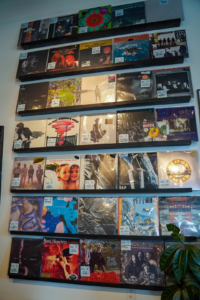 No, I’m not referring to the Pink Floyd album (although any fan of that band will tell you it’s essential), I’m talking about the wall to the left of the cash register in our Boulder store where we put the very rare, expensive items. We display some of our pricier vinyl along our east side, but those tend to be sealed box sets and recent UHQR releases (e.g. the recently reissued Steely Dan series of multi-album, 45 rpm pressings that sell new for $175 to hardcore audiophiles). While you may find audiophile material on the wall, you’re more likely to see extremely hard-to-find releases that make collectors salivate.
No, I’m not referring to the Pink Floyd album (although any fan of that band will tell you it’s essential), I’m talking about the wall to the left of the cash register in our Boulder store where we put the very rare, expensive items. We display some of our pricier vinyl along our east side, but those tend to be sealed box sets and recent UHQR releases (e.g. the recently reissued Steely Dan series of multi-album, 45 rpm pressings that sell new for $175 to hardcore audiophiles). While you may find audiophile material on the wall, you’re more likely to see extremely hard-to-find releases that make collectors salivate.
Wall records can cost hundreds of dollars, and often have some lore surrounding them. For instance, while there have been (per Discogs) 478 versions of The Doors’ excellent 1967 debut, the conventional wisdom is that the 1992 DCC Compact Classics pressing has the best sound. A clean copy of that album will run at least $250. Other rarities include vinyl editions from the CD heyday of the nineties and aughts, when vinyl pressings practically disappeared. For example, The Beatles’ Let It Be…Naked, an edition of the classic with an different mix and varied song selection that’s devoid of the Phil Spector touches that Paul McCartney hated, will run around $200 since it came out in 2003 when next to no one was buying records.
Nineties hip-hop and indie records similarly sell for big bucks; they are highly coveted by many collectors since it is not unusual for them to not have been repressed in the intervening years, although that is changing as record plants ramp up production in response to increasing vinyl demand. Once rare Fiona Apple and Grateful Dead LPs are now readily available at lower prices in newer editions, although the original pressings are still desirable to collectors. The Wall is always my second stop after perusing the Just Arrived Used LPs section. Of course, it’s also the budget-busting section of the store: finding a grail combines the excitement of landing the big fish with the recognition that I’ve spent (or overspent) my budget for that day’s excursion. But such is the life of the intrepid record shopper.
VINYL WEIGHT
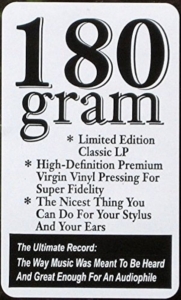 One aspect common to the vinyl resurgence of the past decade has been the proliferation of 180 and 200 gram pressings. But what does that actually mean? Back in the days before CDs, albums rarely mentioned their weight; indeed, most albums were 140 grams or less. That said, there are some specific advantages to heavier vinyl.
One aspect common to the vinyl resurgence of the past decade has been the proliferation of 180 and 200 gram pressings. But what does that actually mean? Back in the days before CDs, albums rarely mentioned their weight; indeed, most albums were 140 grams or less. That said, there are some specific advantages to heavier vinyl.
Generally speaking, the weight of an LP has no impact on the sound quality unless you have a high-end audio system. Both the width of the grooves and the RPM speed are more impactful. However, 180 gram and heavier vinyl is sturdier and will provide a longer shelf life and also be far less likely to break. Heavier vinyl is also less likely to warp, which impacts both the sound quality and the potential to damage your cartridge. Finally, heavier vinyl provides a better platform for your stylus and turntable suspension, and as a result will minimize or eliminate vibration that a higher end stereo system may pick up, albeit often at barely detectable levels. That said, the source recording and the quality of the pressing ultimately have more to do with what you hear. Many manufacturers use the 180 gram description to attract consumers, but unless you consider yourself an audiophile you shouldn’t (pardon the pun) attach too much weight to the promotional stickers that record companies slap on records to make them appear more valuable. Remember, most LPs released before CDs were either 120 grams or 140 grams, and few people complained or attached much significance to the weight a record tipped the scales at.
Part Two of this series will discuss Mobile Fidelity Sound Recordings, Japanese pressings, Discogs and ways to take care of your collection. But first I’ll be back next month with the highlights from the list of just-announced exclusive Record Store Day releases out Saturday, April 20.

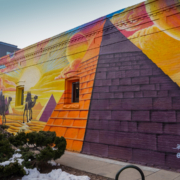
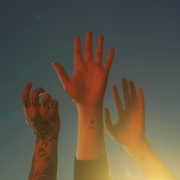
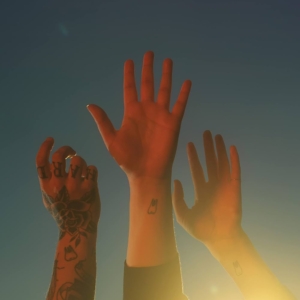 Boygenius – The Record
Boygenius – The Record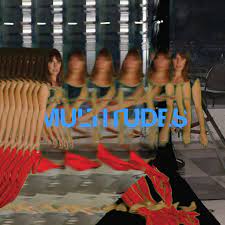 Feist – Multitudes
Feist – Multitudes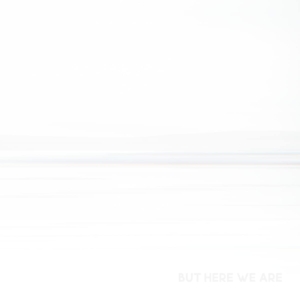 Foo Fighters – But Here We Are
Foo Fighters – But Here We Are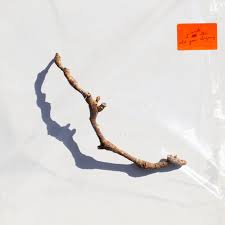 PJ Harvey – I Inside The Old Year Dying
PJ Harvey – I Inside The Old Year Dying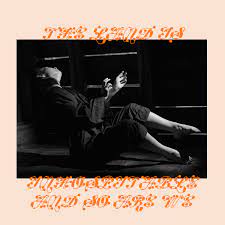 Mitski – The Land is Inhospitable and So Are We
Mitski – The Land is Inhospitable and So Are We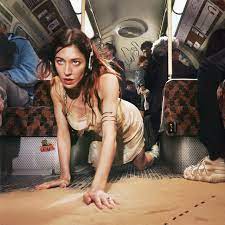 Caroline Polachek – Desire, I Want To Turn Into You
Caroline Polachek – Desire, I Want To Turn Into You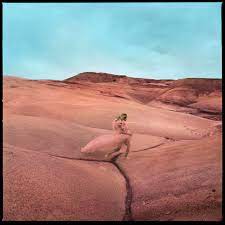 Margo Price– Strays
Margo Price– Strays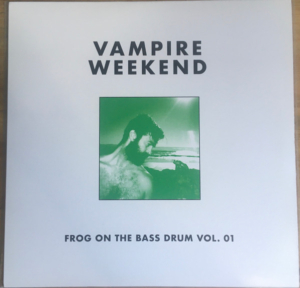 Vampire Weekend – Frog On The Bass Drum Vol. 01
Vampire Weekend – Frog On The Bass Drum Vol. 01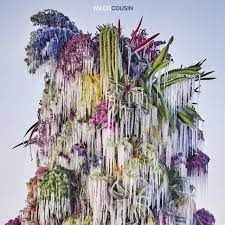 Wilco – Cousin
Wilco – Cousin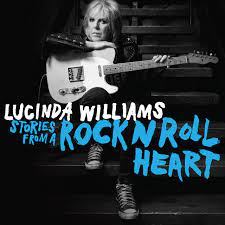 Lucinda Williams – Stories From a Rock’n’Roll Heart
Lucinda Williams – Stories From a Rock’n’Roll Heart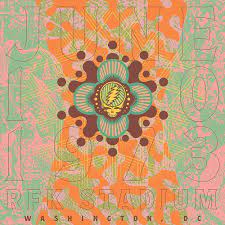 Grateful Dead – RFK Stadium, Washington, DC 6/10/73
Grateful Dead – RFK Stadium, Washington, DC 6/10/73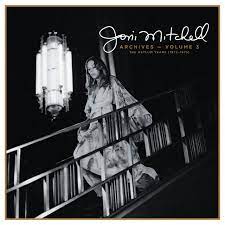 Joni Mitchell – Archives, Vol. 3: The Asylum Years 1972-1975
Joni Mitchell – Archives, Vol. 3: The Asylum Years 1972-1975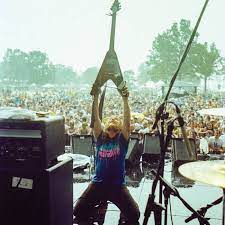 My Morning Jacket – Live Vol. 3: Bonnaroo 2004
My Morning Jacket – Live Vol. 3: Bonnaroo 2004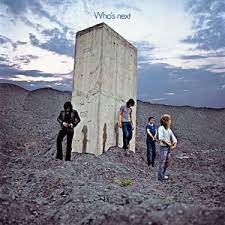 The Who – Who’s Next/Life House
The Who – Who’s Next/Life House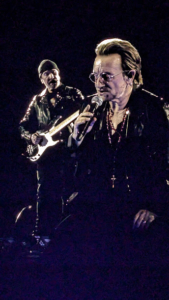 Best Live Show of the year: U2:UV at The Sphere, Las Vegas
Best Live Show of the year: U2:UV at The Sphere, Las Vegas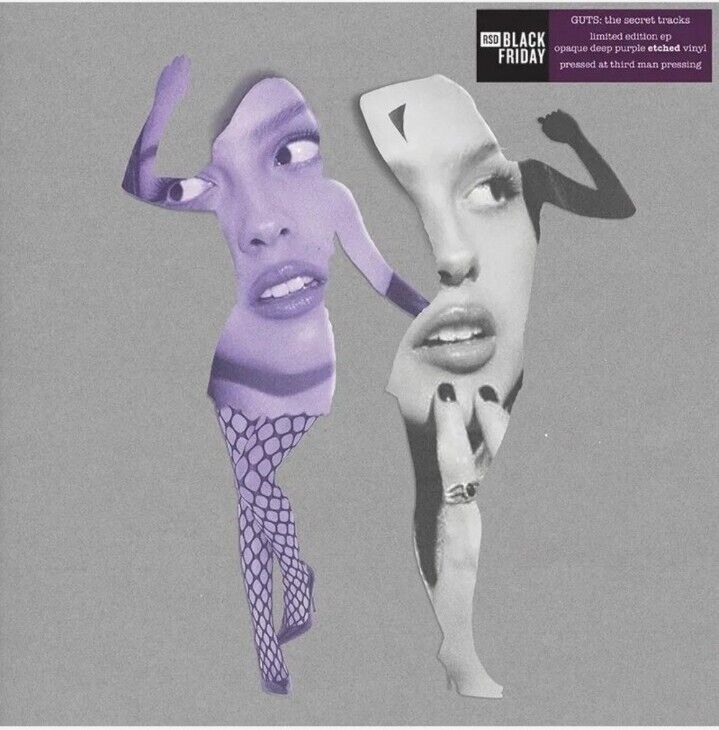
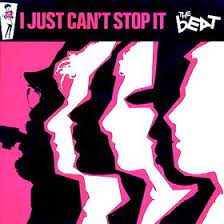 The English Beat – I Just Can’t Stop It
The English Beat – I Just Can’t Stop It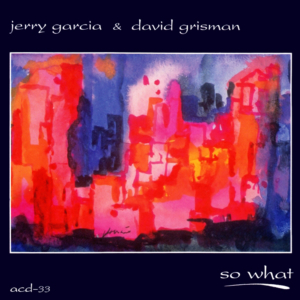 Grateful Dead – Fillmore West, San Francisco, 3/2/69
Grateful Dead – Fillmore West, San Francisco, 3/2/69 Los Lobos – Kiko
Los Lobos – Kiko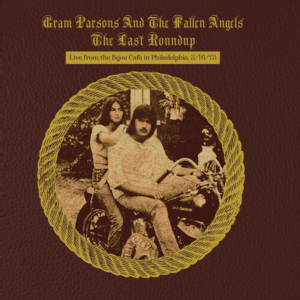 Gram Parsons and the Fallen Angels – The Last Roundup: Live from the Bijou Cafe in Philadelphia March 16 1973
Gram Parsons and the Fallen Angels – The Last Roundup: Live from the Bijou Cafe in Philadelphia March 16 1973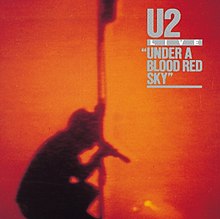 U2 – Under a Blood Red Sky
U2 – Under a Blood Red Sky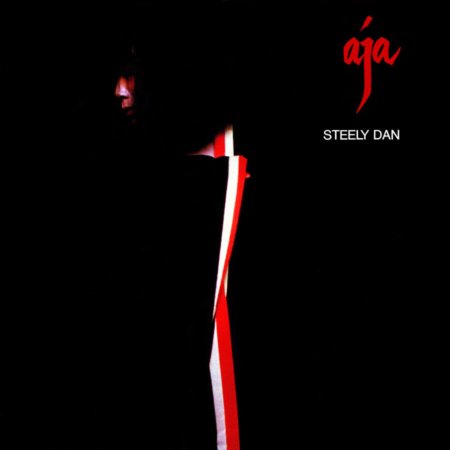
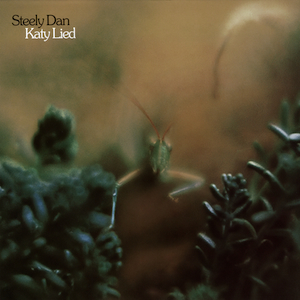 #10–”Doctor Wu” (Katy Lied)
#10–”Doctor Wu” (Katy Lied)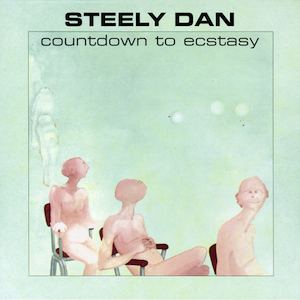 #8–”The Boston Rag” (Countdown to Ecstasy)
#8–”The Boston Rag” (Countdown to Ecstasy)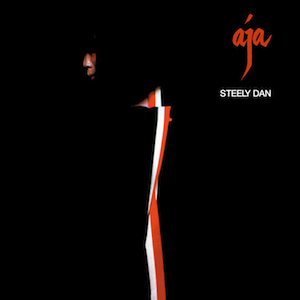 #4–”Deacon Blues” (Aja)
#4–”Deacon Blues” (Aja)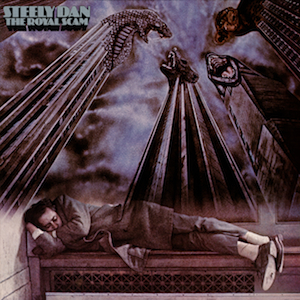 #2–”The Caves Of Altamira” (The Royal Scam)
#2–”The Caves Of Altamira” (The Royal Scam)